I went to Washington DC’s Hirshhorn Gallery without really knowing anything about Ai Weiwei’s artistic career.
I was mostly interested in seeing if Ai is a great artist, or if the US media pays him attention simply because he is outspoken against the Chinese government.
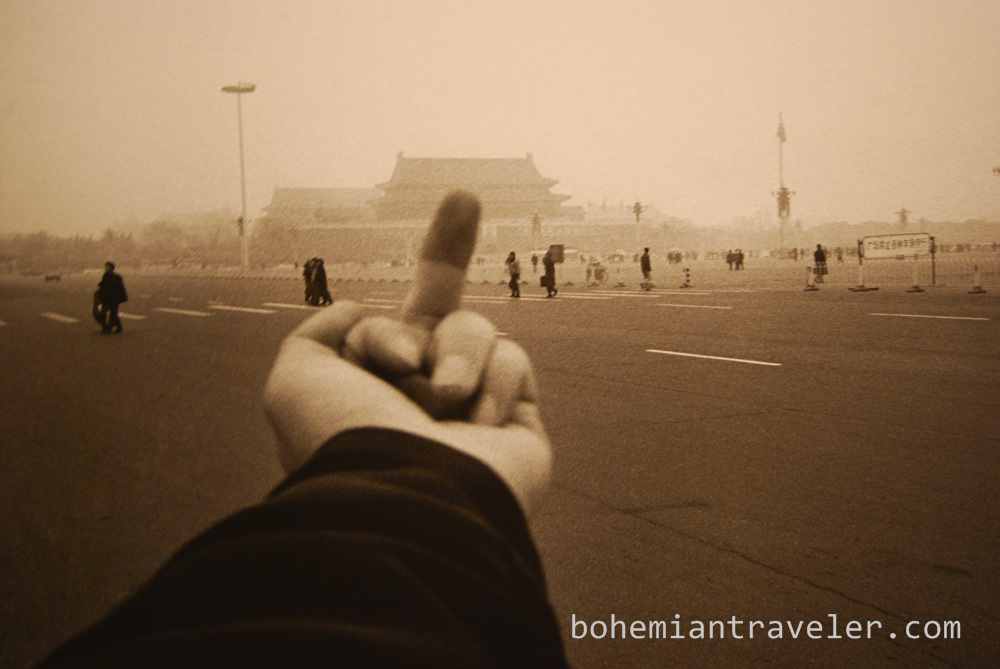
Ai Weiwei: According to What?
Contemporary art transcends traditional art. It is about great ideas. But underneath these ideas there must be an artist. Ai Weiwei has both.
Ideas are everything. Ideas make business successful. Ideas make writing great. Ideas make a nobody into a somebody. Ideas make art great.
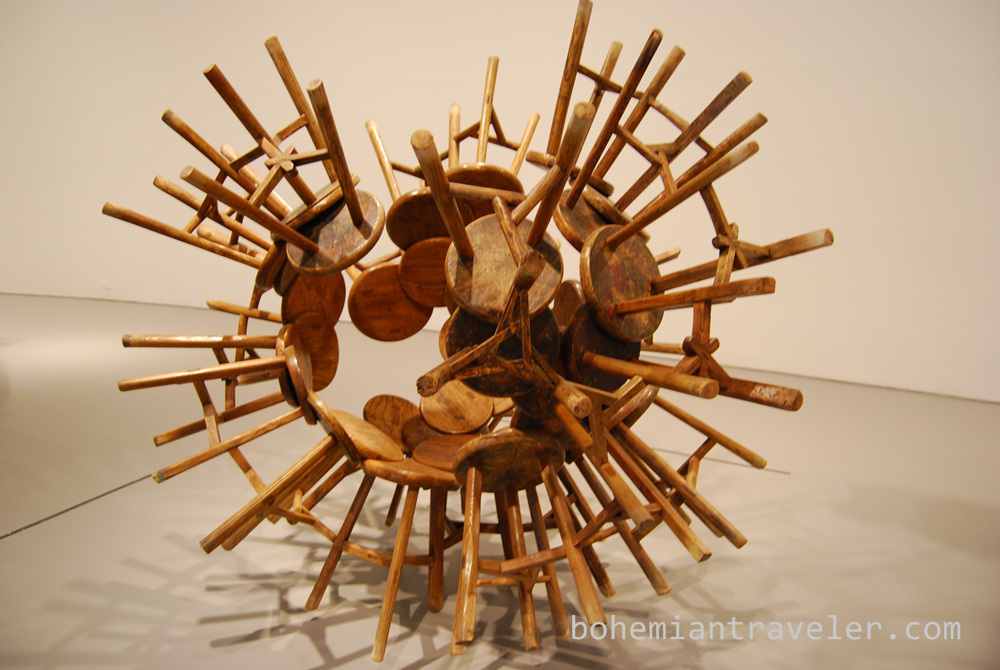
What is original?
I often wonder. There is really nothing original. I’m sure every artist, writer, or musician has agonized over this. Modern creatives are just building off of what has come before them. Aren’t they?
“So-called creative behaviors always accompany the issue of ‘authentic’ and ‘original’. It may be the most important core question, whether a work is original or authentic. And this issue may well be the main point for contemporary art. People are looking for something new. But what on earth is something new? And what is the method of making something new? Can it be fake and at the same time authentic?”
Dropping a Han Dynasty Urn
I think most people become uneasy when they first learn of Ai Weiwei’s Dropping a Han Dynasty Urn. In the three-photo series, Ai drops an original approximately 2,000-year-old urn.
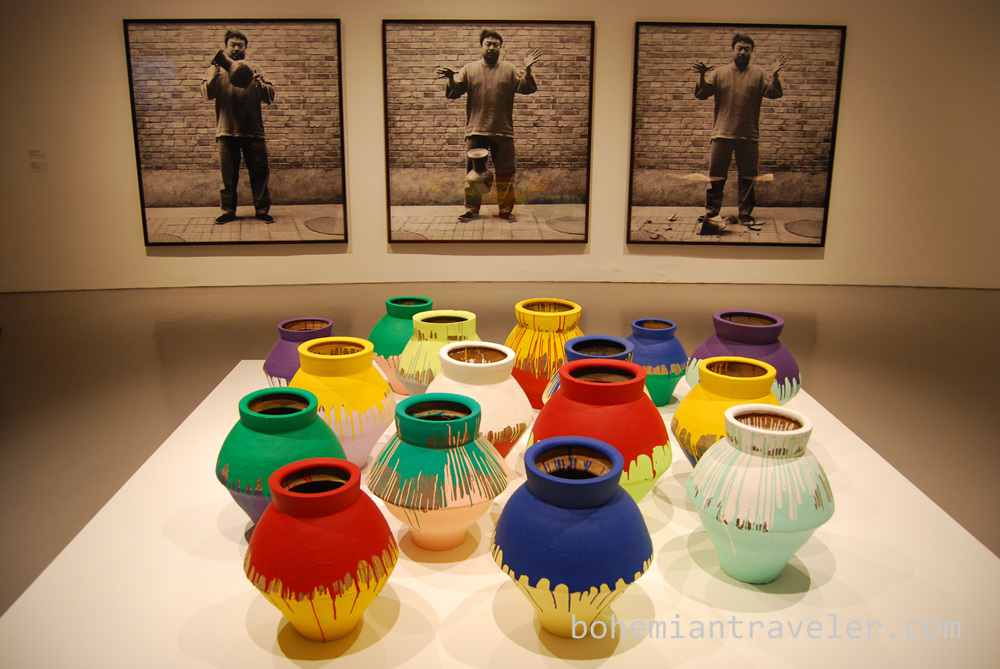
I have been shocked by this. I have been disturbed. I have been confused. Most people react the same way.
Ai wants us to suffer all these emotions. That is what powerful art does.
But is it something deeper? Is it something to do with modern China’s relationship with its past?
“The world is changing. This is a fact. Artists work hard hoping to change it according to their own aspirations.”
Deborah Horowitz, director of curatorial administration and publications for the Hirshhorn points out in this the Atlantic article that “Ai’s piece evokes the growing phenomenon in China of destroying historical cultural sites to make way for new development. The sight of the breaking of the urn may lead American viewers to ask to what extent America has undergone a similar process.”

The exhibit continues into the realm of seriousness with Ai’s political criticisms. Part of what got him into so much trouble with the Chinese government is his exposure of shoddy construction used in public buildings such as schools. The structures turned into piles of rubble minutes after the 2008 earthquake in Sichuan Province. 68,000 people died.
“For artists and intellectuals today, what is most needed is to be clear about social responsibility, because that’s what most people automatically give up. Just to protect yourself as an individual is very political. You don’t have to march on Tiananmen, but you have to be clear-minded, to find your own means of expression.”
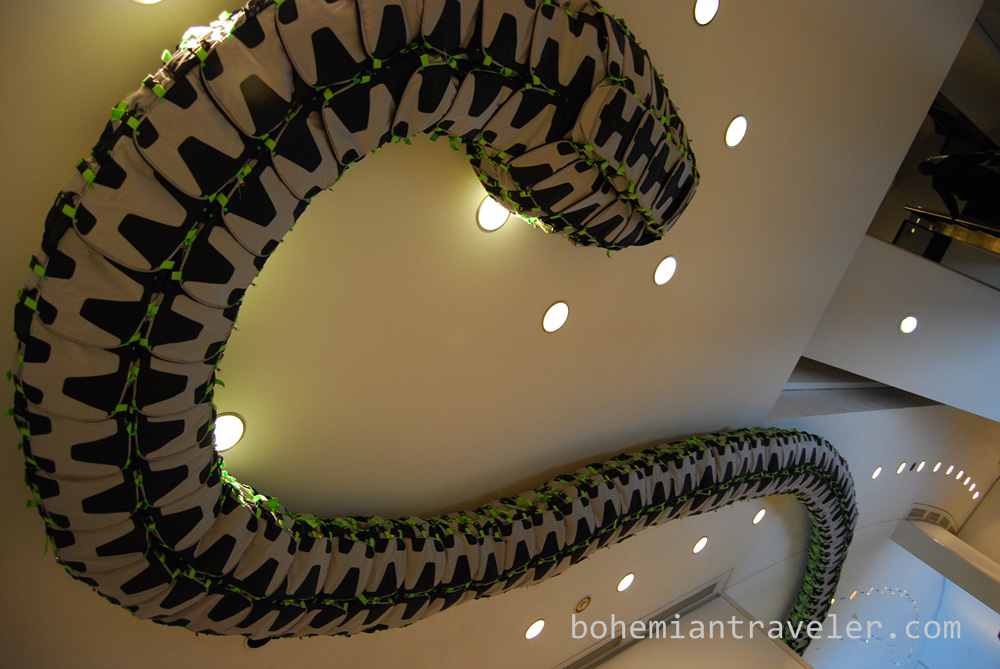
The sizable exhibit surveys a large swath of Ai’s career: from photographing New York City in the 1980’s to 2010’s 3,200 Porcelain Crabs.
One section showcases Ai’s making the useful not useful. He has built large houses made of compressed black leaf tea.
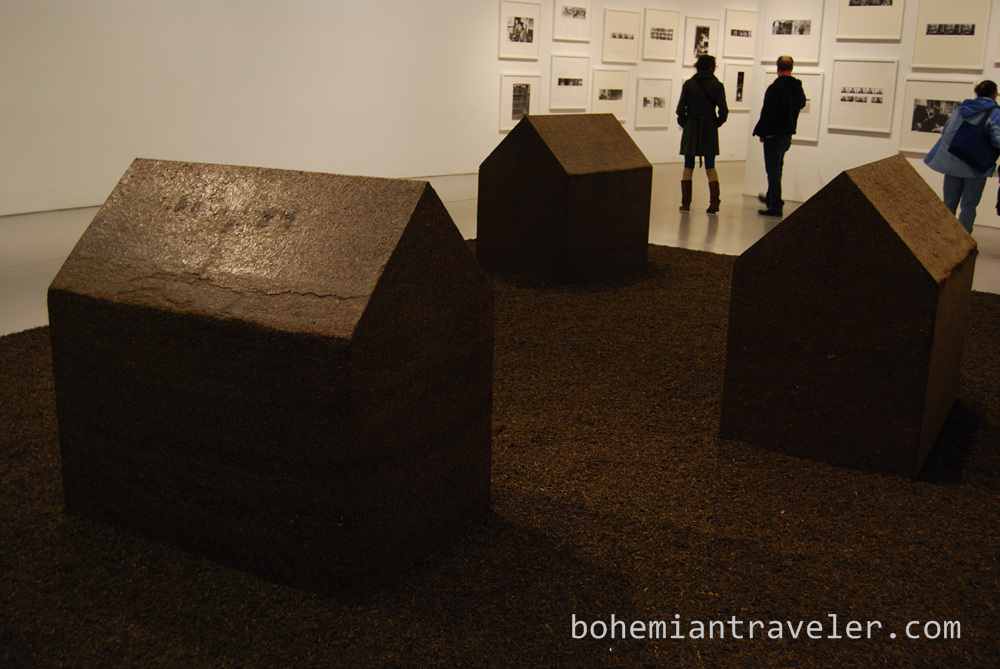
“I make the useful become not useful: these objects combine the practical with chance and illusion. They open up a perspective so that we can have an understanding of the material or an understanding of space. It is a basis for dealing with perception, and when you think about people use an object, you’re also using so-called knowledge in a sense that “useful” has a meaning. The meaning is the use. And that plays a great role in human understanding and culture.”
Ai Weiwei’s According to What? exhibit will be on display in Washington, DC’s Hirshhorn Gallery until February 24.
If you haven’t seen it, the Ai Weiwei documentary, Never Sorry, is definitely worth checking out http://aiweiweineversorry.com/
Thanks for the link Brent. Will check it out.